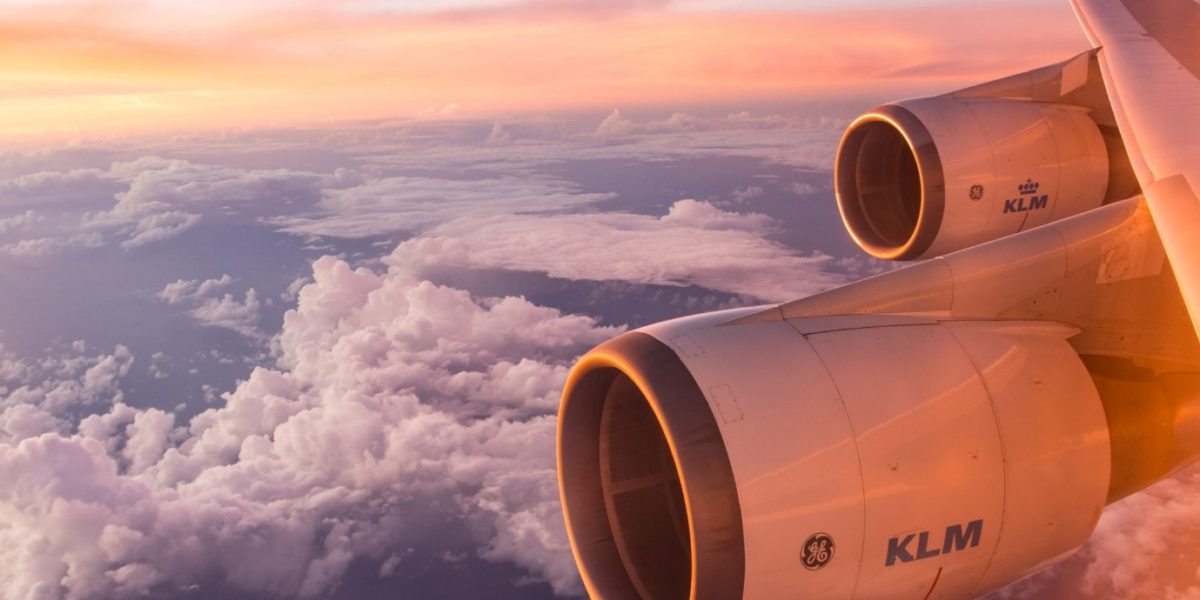For much of last year the boom in low-cost, long-haul fares from airlines such as WOW Air, Norwegian Air and Eurowings seemed too good to be true. What’s better is that this trend looks set to expand, as brands continue pushing these pared-to-the-knuckle prices to new ‘lows’.
One particular brand flying especially close to the sun is Jack’s Flight Club, an online service that continuously monitors tickets prices for massive price drops. It doesn’t let you search for specific flights, dates or destinations like a normal flight comparison site; instead the service notifies you when low priced deals become available to all sorts of exotic destinations. For instance, you could be offered a return from London to Tokyo for £248, London to Reykjavik for £48, or if the wind was really blowing in your favour, London to Belize for just £18.
So what are established airlines doing to compete with these undercutting start-ups, and what impact is the competition having on the quality of service? Many carriers have adapted by hatching white label brands. Changing your appearance to fool predators is an age old survival tactic that has had a lot of success in the food and drink industry as of late. Now IAG, owner of Aer Lingus, British Airways Iberia and European low-cost carrier Vueling, is trying their luck with the launch of LEVEL, their new long-haul, low-cost brand that aims to blend in with other low-cost competitors in the market. Air France has also grown new feathers with Joon, a low-cost airline designed to appeal specifically to millenials.
Other airlines have opted for a no-frills approach, phasing out complimentary food in economy class and increasing cabin capacity to the extent that leg room is now as little as 75cm in some aircraft. Not quite what you would call ‘living the high life’, but the strategy has allowed established brands to compete on rock-bottom ticket fares.
Many full-price brands, however, have moved in completely the opposite direction and enhanced their in-flight offering in order to differentiate themselves from low-cost competitors. Emirates, for example, recently ripped out all embedded in-flight entertainment screens – despite boasting far the largest in the industry – in favour of even bigger ones! And just for extra bling, they also installed free Wifi in over half their planes.
So is the trend in low-cost, long-haul travel likely to continue? Despite the extremely high costs of operating long-haul flights, it would appear so. This year Jack’s Flight Club has gone from strength to strength, welcoming its 350,000th subscription member last month, and forecasts suggest the wider industry is likely to grow by 11.8% each year until 2023. It seems low-cost flying certainly is here for the long haul.
However, perhaps a bigger and as of yet unquantified threat is the increase in consumer appetites for sustainability. At present, we all seem hell bent on waging war against plastic, but what if this attitude were to extend to the way we travel? The low-cost, long-haul flying industry would certainly feel the pinch.
But at present it appears consumers are more than happy to fly half way across the world to sip cocktails through a paper straw, and who can blame them when flights to Bali are as little as £199? For now, you’re alright Jack.


